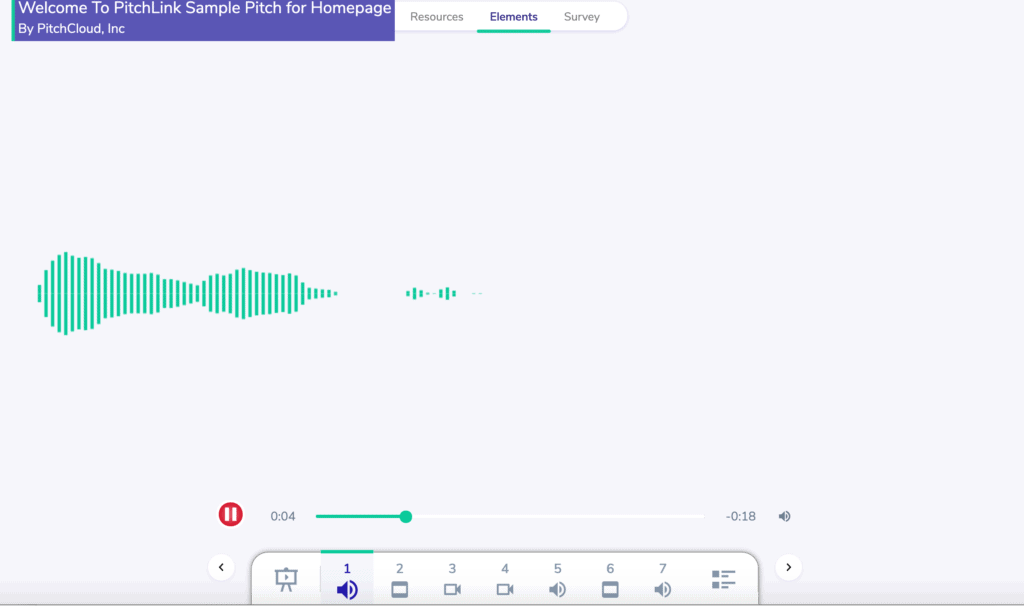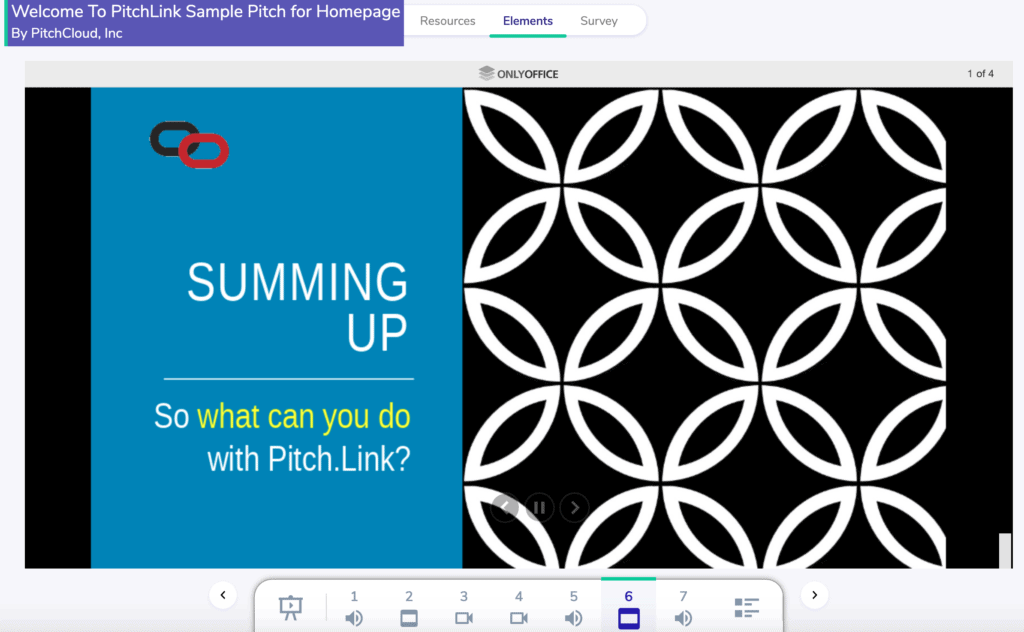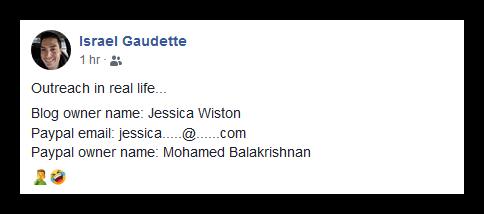How much do your sales cycle take?
I’ve personally lived sales processes of one or two meetings, but also the pain of one year of more.
This cycle not only depends on the business developer’s capability but mostly on the nature of a product or service.
Self-service apps whose tickets are around $50 and $300 in monthly subscriptions should be actually self-service, but sometimes sales reps are needed to reach a quota. In these cases, as far as I’ve seen, sales processes take about one or two sessions that happen within a week or two.
On the other hand, tickets that are larger than 30K tend to be more complex as decision making relies on multiple departments, including legal and accounting which, by their nature, delay processes due to paperwork.
Whatever is your case, there are some elements or tools that will help you speed up your sales cycles by building trust with your potential customers.
All I share here is not vague theoretical stuff, but things that I have personally identified from mistakes I have made.
Friendly, unique sales pitches
Sales pitches may happen when there’s already a buying intent; you’re sending explicitly commercial content to a prospect.
Most presentations are in PDF formats or slides that are attached on an email.
The issue with this kind of presentation is that 1) they are not interactive, 2) recipients won’t necessarily follow the workflow we outline for them, 4) we cannot tell if recipients interact with content besides knowing open rates, 4) they’re boring.
At PitchGround, we launched a lifetime deal with PitchLink, a tool that lets your send craft sales pitches that solve these challenges.
To me, PitchLink seems like the kind of tools of daily use from sales people who want to stand out and truly engage a prospect. It’s a simple and smart tool that solves some of the common pains of pitches.
Instead of attaching files, you can send an email where users will land in a content workflow that can start with welcoming voice messages, a personal video, or a PDF.
Here’s a sample.

Then you will see a presentation.

And some more steps in the workflow.

And finally, you can encourage your prospect to schedule a meeting right away with you!
Everything happens in just one place—and you make sure prospects go through the exact process you outlined.
Case studies, testimonials, and customer logos
This, to me, is the most important factor to build trust.
Since I started working with highly recognized companies, we started generating more leads and during presentations, we have had fewer questions.
I’m always asked about what companies do we work with, and people repeat those questions frequently.
I can say that a company reached to us and said they were explicitly interested in working with us because a market leader was already working with us.
When selling software or technology, creators tend to focus on technologies or features, but businesses and non-technical pay attention to other kinds of stimuli like current customers and SLAs.
Use cases beat features
We often hear about companies selling AI, Digital Transformation, Big Data, IoT, and many more hyped stuff.
The problem with using these is that they’re abstract, people don’t understand them, and they’re not clear.
Another common approach is talking about features and technical components.
If we talk about collaboration software, those would be things like async communication, document management, alerts and notifications, user management, CSV exports, and integrations.
They work fine with people familiar with these terms such as startups—and your competitors. That’s it.
It seems obvious but it’s a common bias for people who work in technology or develop the product. We fall in love with the features or product itself, not the solutions and use cases it offers.
Instad, more effective communications include the specific problem you solve, like having instant communication with your peers, knowing your team availability and workload, or automatically sending performance reports to your clients.
Personal videos
I loved this meme.

Besides the joke, the hidden message (aka the subtext) is about false identifications; we don’t know who’s behind a screen.
This is a challenge when sending PDFs. Instead, you may try tools like Bonjoro, Drift, or Loom to attach personal videos with screen and face recording to introduce yourself while doing a presentation.
We wrote about Bonjoro use cases some time ago.
Here’s an example of how using Bonjoro could boost your sales and customer support.
Guides, resources, and tutorials
Sales are easier when people trust or respect you.
Here’s a personal example that happened a few months ago.
I love building dashboards; if you frequently read our blog, you will notice that I constantly share Google Data Studio templates.
Just for fun, I created a COVID-19 dashboard for Colombia. It had over 34k views in about 20 days, and some of the largest local companies were constantly looking at it.
I needed to updated it manually. Actually someone from a unicorn startup reached out to me asking why I haven’t had updated the dashboard yet.
One of the eyeballs that dashboard got was from an analyst from a big pharma company who scheduled a meeting with me, basically saying, I don’t know what you do, but I would like something like this for us.
And that was the beginning of a +30K deal.
Keep reading
We publish new content and free tools every week. Take a look at our latests posts!



